Consider nature when designing your garden
Canadian Garden Study Tour brings nature’s design to foreground.

As gardeners, we all strive for beautiful gardens. Yet many may see a flowering plant and purchase it just based on its beauty, then a month later it dies due to being planted in the wrong conditions (e.g., improper soil or light conditions). During the Michigan State University Extension Canadian Garden Study Tour, participants explored some of nature’s beauty that can be brought to gardens, such as native plants that thrive in either shady or sunny conditions. By selecting native plants that are matched to site conditions, you can prevent future disappointments. Take some time and observe what occurs naturally in the wild with native plants and ecosystem, and consider using some of nature’s beauty in your yards and gardens.
In July of 2024, Michigan State University (MSU) Extension hosted a group of 27 MSU Extension Master Gardeners on a Canadian Garden Study Tour to note and record some up-close examples of nature’s design. Here we highlight some of the inspiration and nature-friendly ideas we brought home from this educational trip.
Shady design options
We often think of moss as something we need to get rid of, especially in our lawns. But moss can be an indicator of what the existing conditions are: moist, shaded, low soil nutrients. These are not the best conditions to grow turf, so why continue to “fight the site?” Consider a shift to enjoy moss with or without some companion plants. Moss will also grow on surfaces. Take, for example, the simplicity and beauty of moss covering a tree branch. Since moss does not have true roots, it will grow on different surfaces in various environments.
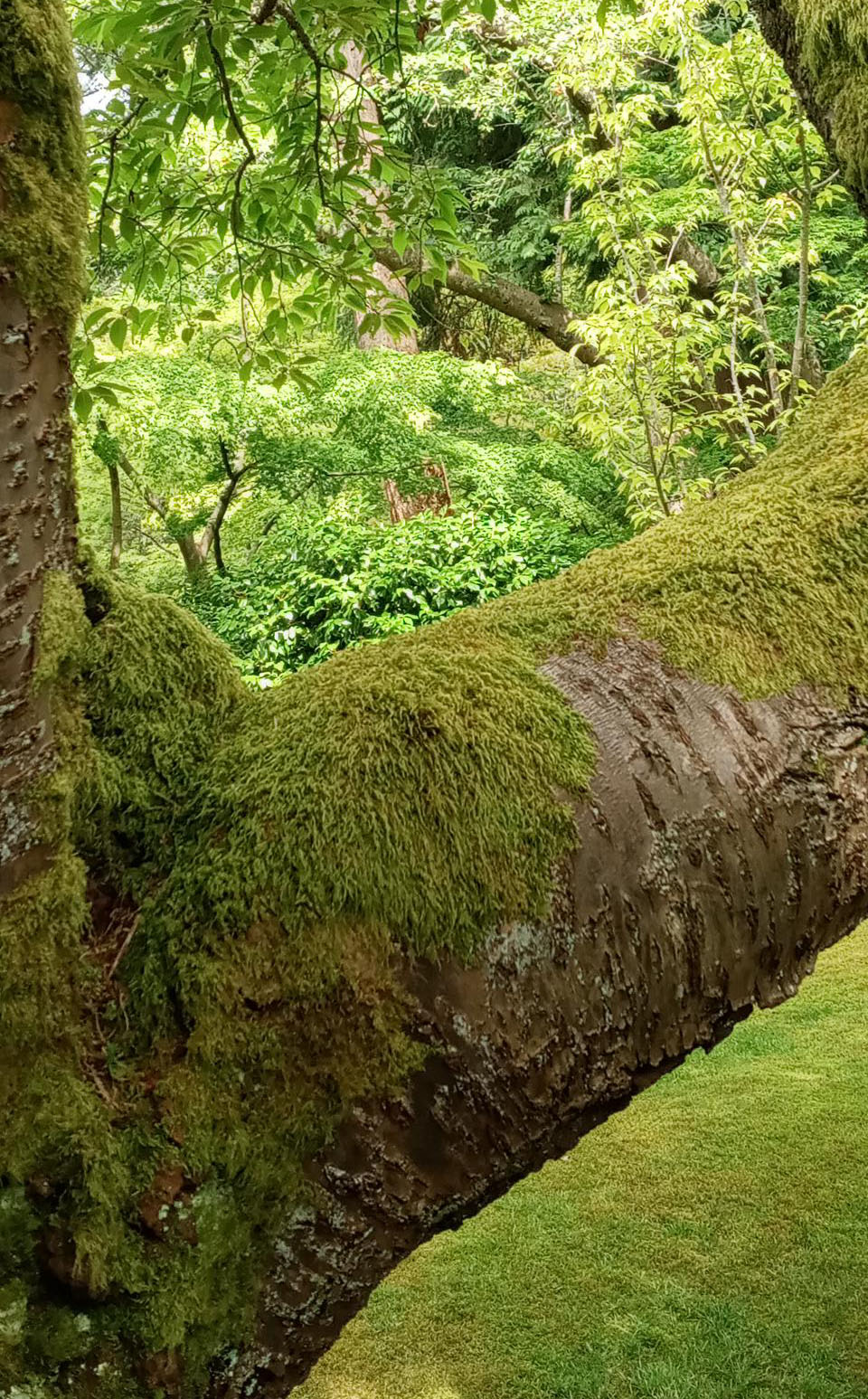
Another overlooked plant is ferns. Though they lack showy flowers, they can be a smart choice in shady conditions where grass struggles to grow. There are many distinct types, some native to Michigan, to add texture and shades of green to a shade garden. Choosing different types of ferns can add height to the garden, which mosses don’t provide.
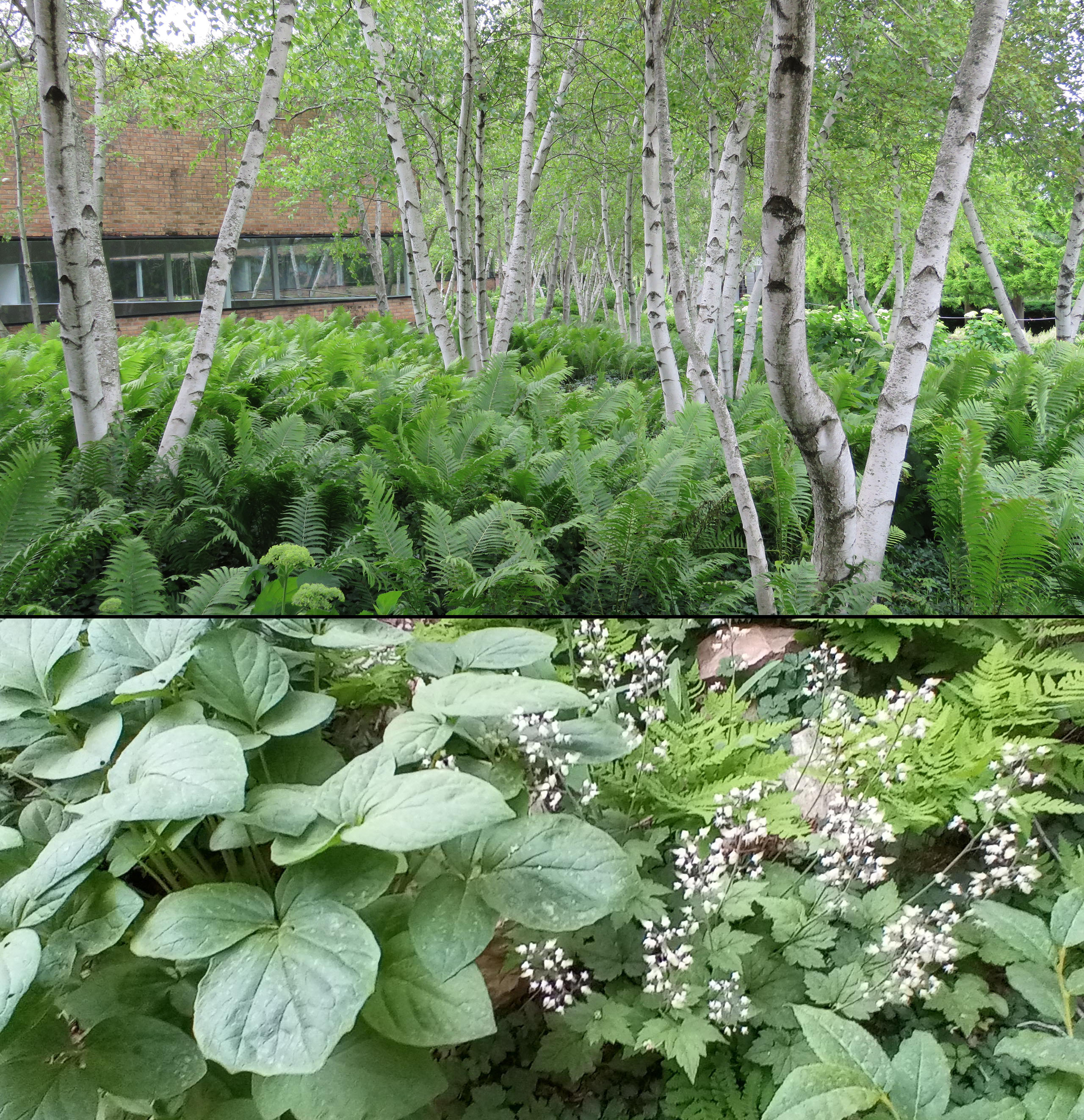
MSU Extension Master Gardeners participating on the Canada trip visited Van Dusen Botanical Garden in Vancouver, British Columbia. This garden featured several areas where ferns flourished. The Hart’s Tongue Fern (Asplenium scolopendrium) is a North American native that is rare in Michigan. Another fern, the Maidenhair Fern (Adiantum pedatum), is common in both Canada and Michigan and is easy to find at plant nurseries. Both looked lovely planted in groups under tree canopies.
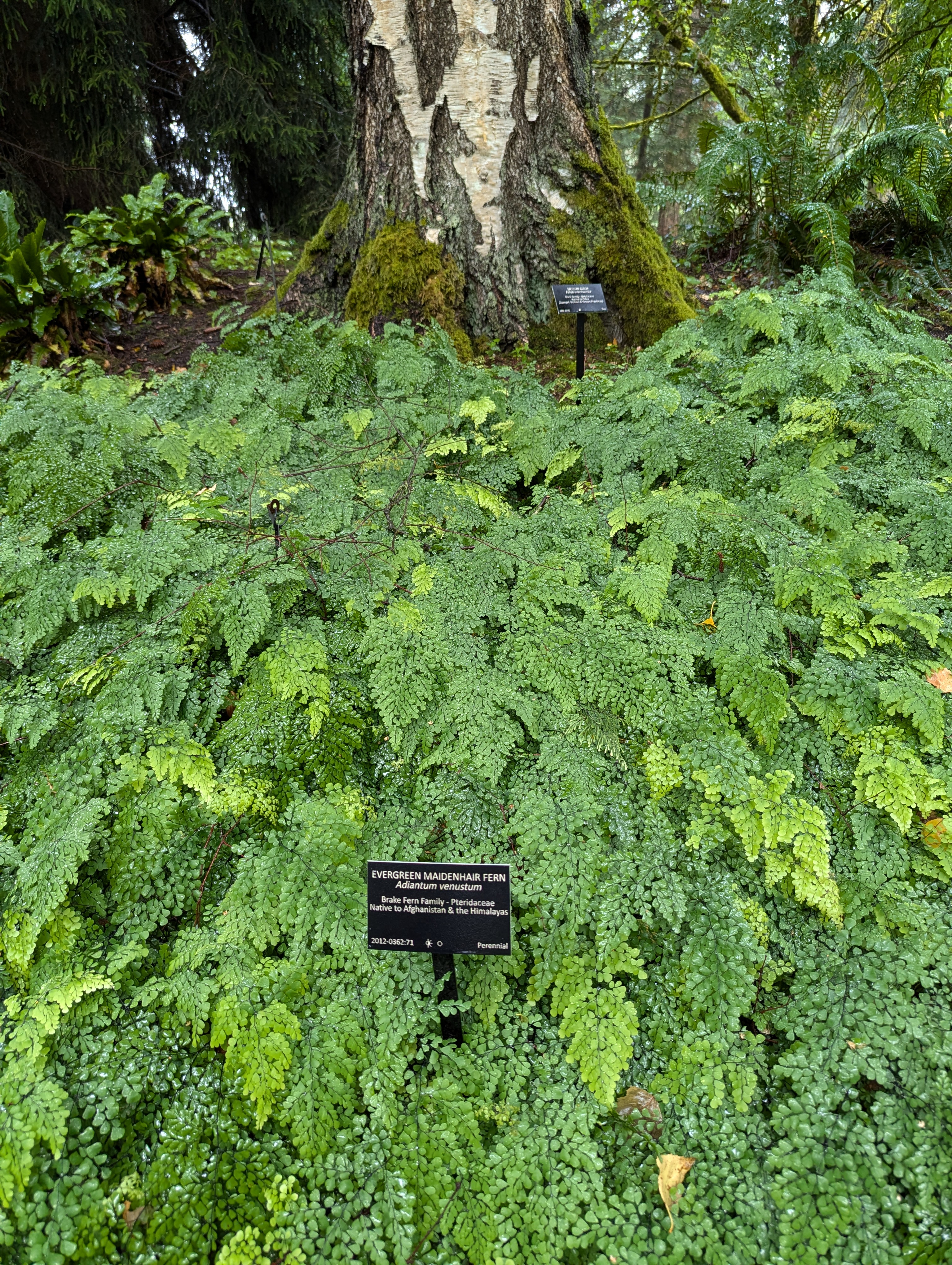
Looking more closely, ferns have very interesting features like sori, their reproductive structures found on the backside of their fronds, and amusing fiddleheads.
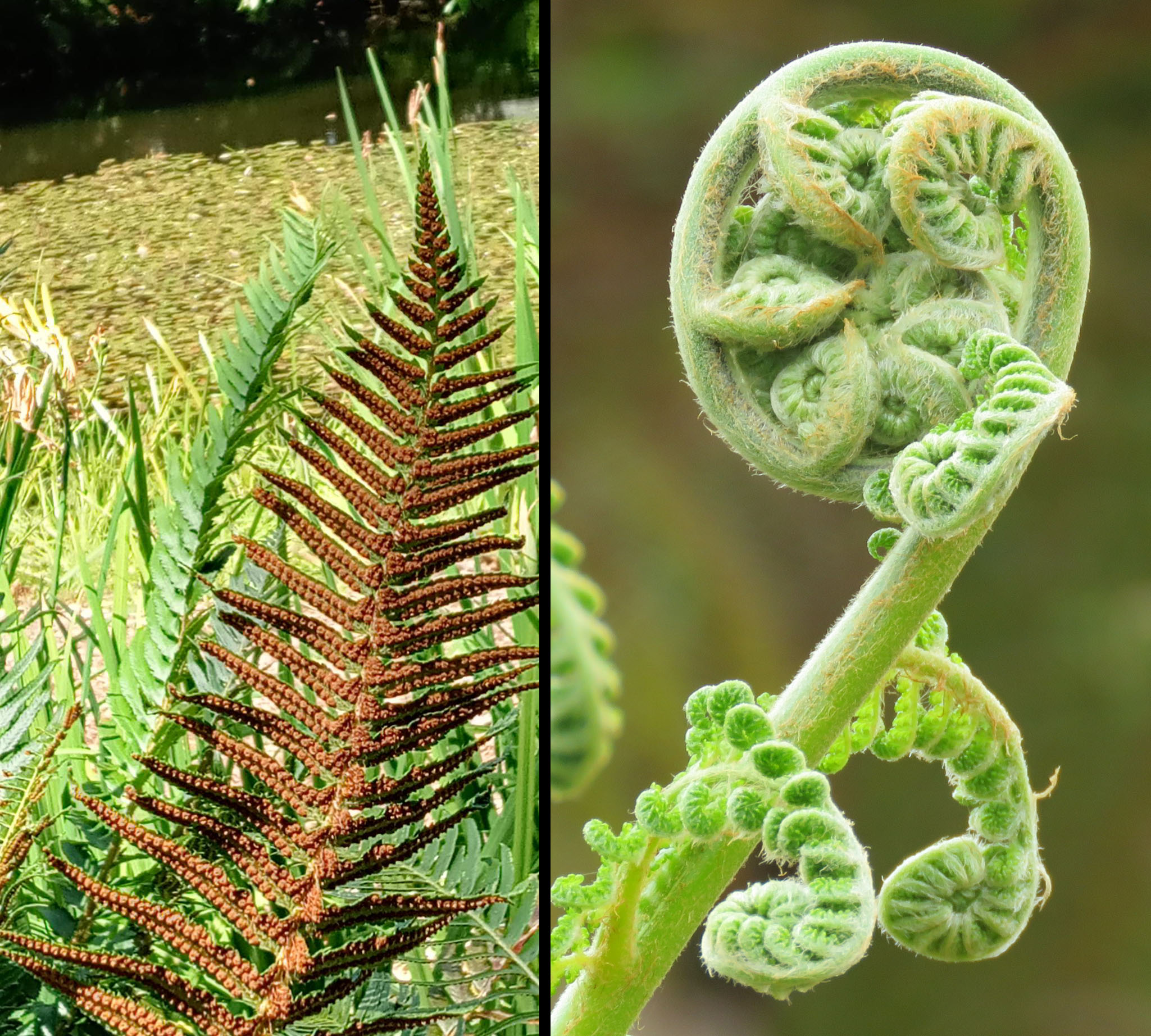
Sunny design options
MSU Extension Master Gardeners visited a site called Meadows in the Sky, which is a subalpine wildflower meadow at the top of Mount Revelstoke. Michigan does not have the magnificent Canadian Rocky Mountain views as a backdrop for flowering plants, but we can still apply “meadow garden” concepts. In Canada and in Michigan, these natural systems work well in both open sunny areas and on roadsides—and native plants are the best choice when creating a meadow.
Native plants have the advantage of being adapted to local conditions and provide specific food and shelter requirements for beneficial insects, pollinators and other animals. At MSU Extension, we are creating more and more resources to show how to create natural ecosystems, such as meadows, in our own backyards. You can learn all about gardening with native plants and habitats at the MSU Extension Native Plants and Ecosystem Services or check out Smart Gardening resources.
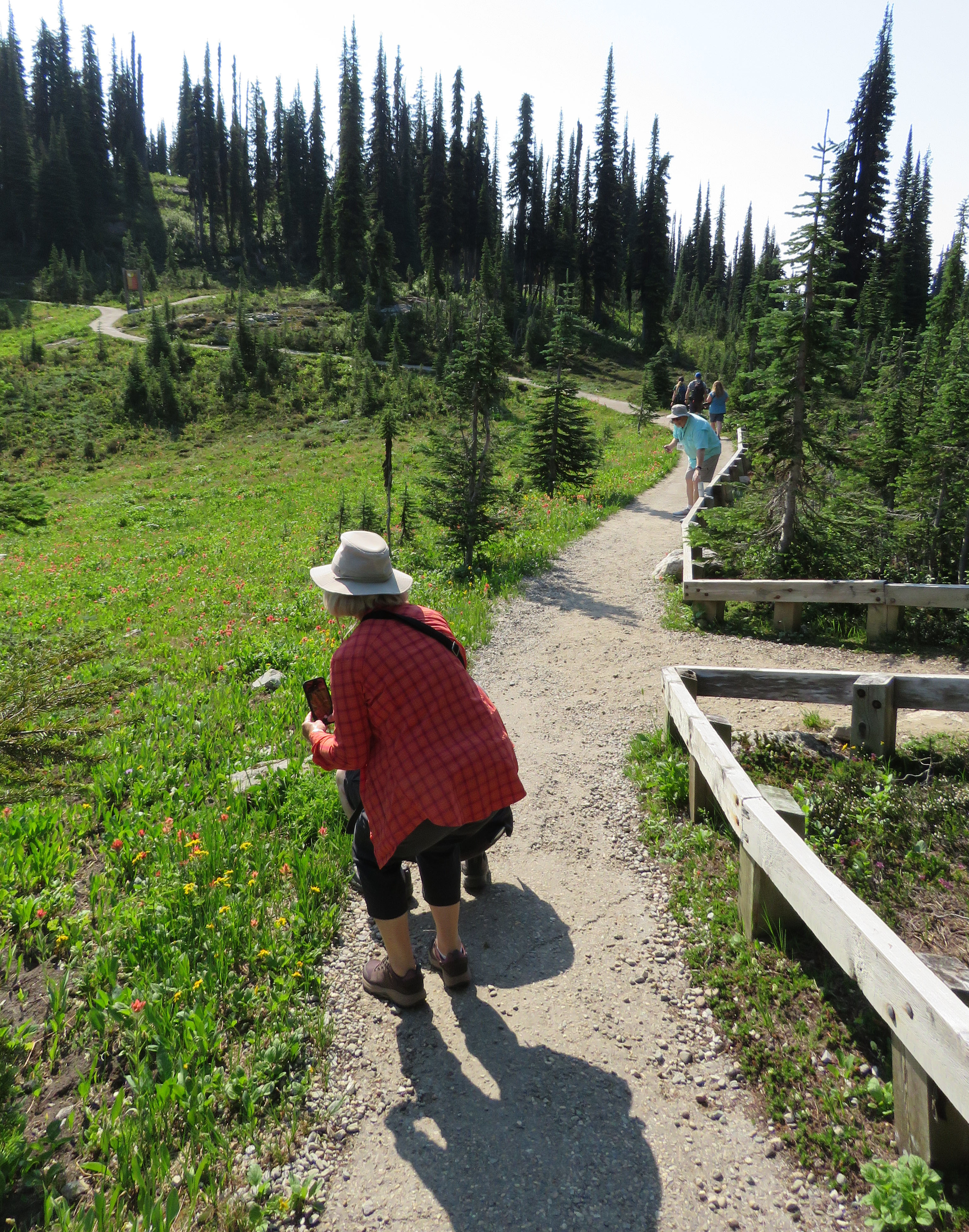



 Print
Print Email
Email




